
Environmental and financial imperatives have driven the need to improve the underlying technology and methods that provide lighting to the built environment. Concerns about environmental quality and waste disposal have led to increasing interest in efficiency and quality. It is often reported2,3,4 that people are now spending more time indoors, both at home and at work. Increased information-based economic activity has been one factor driving this trend, and this requires improved illumination that not only enables effective working, but also contributes to wellbeing – particularly in the absence of accessible windows and daylight.
The evolution of general-purpose lighting for the internal built environment
The sun, of course, provides the prime source of light that supports almost all life on Earth, via photosynthesis, while driving the planet’s climate and weather. As a free light source, it is not only guaranteed, but also provides psychological and physiological benefits.5 Based on CIBSE’s SLL LG106, benefits of daylight may be summarised as:
- Exposure to light during daylight hours provides essential regulation of the circadian system (or ‘body clock’)
- Natural light helps facilitate healthy sleep duration and quality, as well as improving task performance during the waking hours
- The connection to the outside world it provides is beneficial to building occupants
- Exposure to natural sunlight can moderate some psychological illnesses, such as seasonal affective disorder (SAD)
- Sunlight enables the human body to synthesise vitamin D.
However, exposure to the sun’s light can also have deleterious effects, both in health terms (principally due to the ultra-violet (UV) component) and in ‘ageing’ materials. Overall, though, daylight is undoubtedly beneficial. Unfortunately, it is only available for limited periods and, in the core of buildings, sometimes never available.
Modern lighting emerged in 1802, when Humphry Davy created the first incandescent light, but it was not until 1879 that Thomas Edison developed the first commercially practical incandescent lamp. Incandescent lamps consist of a sealed glass enclosure (the ‘bulb’) containing inert gas, with a filament of tungsten wire inside the bulb. Until very recently, this general lighting service (GLS) ‘bulb’ has been the basis for many people’s perception of illuminated colour and, indeed, it has a colour rendering index (Ra) of 100 – the maximum value. Ra provides a quantitative measure of the ability of a light source to reveal the colours of various objects faithfully in comparison with an ideal, – or natural – light source. The incandescent lamp is not very efficient, as it produces a significant amount of heat, and only a very small fraction of the electrical energy is converted to light.7 A typical luminous efficacy would be between 3 and 20 lm/W. Incandescent lamps emit UV light that can be partly reduced by the glass enclosure, and typically have a working life of around 1,000 hours.
The halogen lamp is an evolution of the incandescent lamp, with a tungsten filament sealed in with an inert gas ‘doped’ with a halogen. The earliest commercial lamps, called quartz iodine lamps, were launched by General Electric in 1959. Modern versions of these type of lamps have an efficacy of 10-25lm/W, and give light at a higher temperature, compared with a non-halogen incandescent lamp, operating at very high temperature. These relatively cheap lamps potentially emit high amounts of UV and have a lifetime of around 2,000 hours.
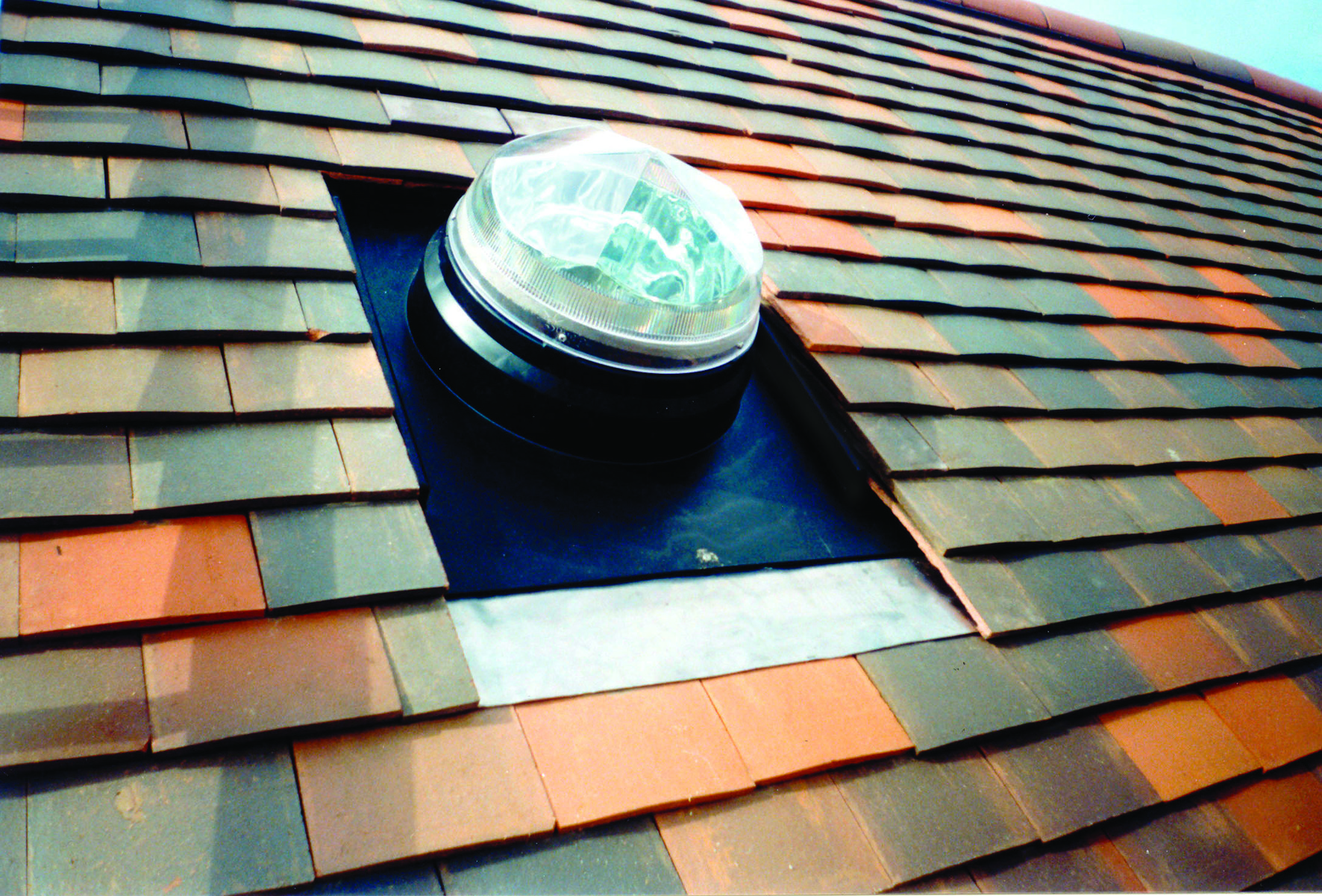
Figure 1: The dome allowing light to enter the lightpipe (Source: Monodraught)Figure 1: The dome allowing light to enter the lightpipe (Source: Monodraught)
The compact fluorescent lamp (CFL) was invented by Ed Hammer, an engineer with General Electric, in response to the 1973 oil crisis. Today’s CFLs are cheap to purchase and energy efficient, at 45-75 lm/W, but typically have poor colour rendering. There are also increasing environmental concerns about their mercury content. Their lifetime is typically between 4,000 and 8,000 hours, and they produce significant amounts of UV light.
The first light-emitting diodes (LEDs) were made in 1971 by Jacques Pankove (inventor of the gallium nitride LED) at RCA Laboratories. Dramatic improvements in efficiency and form have been made in the past couple of years so LED lamps that appear almost identical to traditional GLS ‘bulbs’ are available with a colour rendering index of more than 80. Practical lifetimes are in the order of 15,000 hours, with a lamp efficacy of 75 lm/W – which, theoretically, could rise much higher. They emit little heat and have no UV output and, unlike CFLs, contain no mercury. Many LED-based products now available can be controlled to alter their colour and output.
Natural daylighting
Natural daylighting systems (as in Figure 1) collect, channel and distribute natural daylight from the external space to indoor environments that cannot directly use daylight from windows. The routes for the sunlight can be fabricated as part of the building construction, using surfaces with light colours or reflective materials to reflect and channel the otherwise inaccessible sunlight into the occupied space.
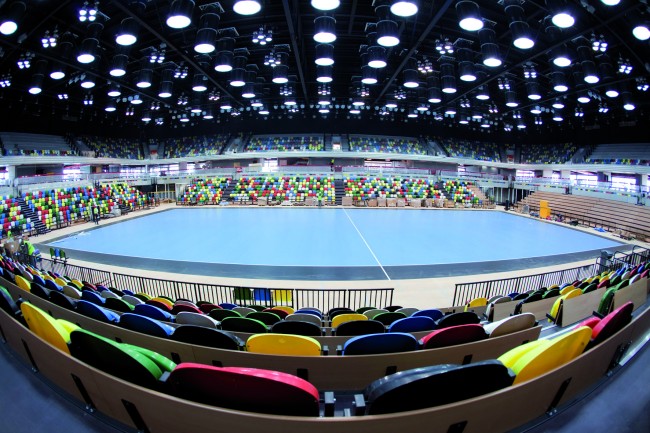
Figure 2: Olympic handball arena in London featuring lightpipes in the roof (Source: Monodraught)
Often, ‘off the shelf’ systems providing greater amounts of daylight – typically known as ‘lightpipes’ or ‘Sunpipes’ (a proprietary name) – are used. These are tubes with a highly reflective inner surface that allows effective transmission of diffuse daylight to the internal space.
These have been applied in many installations – for example, residential spaces, schools, supermarkets, hospitals, warehouses, airports, Olympic arenas (such as that shown in Figure 2) and huge specialised falconry centres in the Middle East (Figure 3). There have been many research projects in the education sector that have linked daylighting with increased achievement rates, health and attendance. Many classrooms are predominantly lit using large vertical windows at the back of the room. By applying natural daylighting systems, a classroom can be supplied with 300% more daylight8, while also reducing the lighting energy cost significantly.
In healthcare applications, natural daylighting systems can offer a payback period of five to six years8, while also reducing the likelihood of SAD. In retail stores, various studies9,10 have indicated that natural daylight is positively and significantly correlated to higher sales. With the addition of natural daylighting, an average non-daylit, retail, monitored10 chain store recorded 40% higher sales.
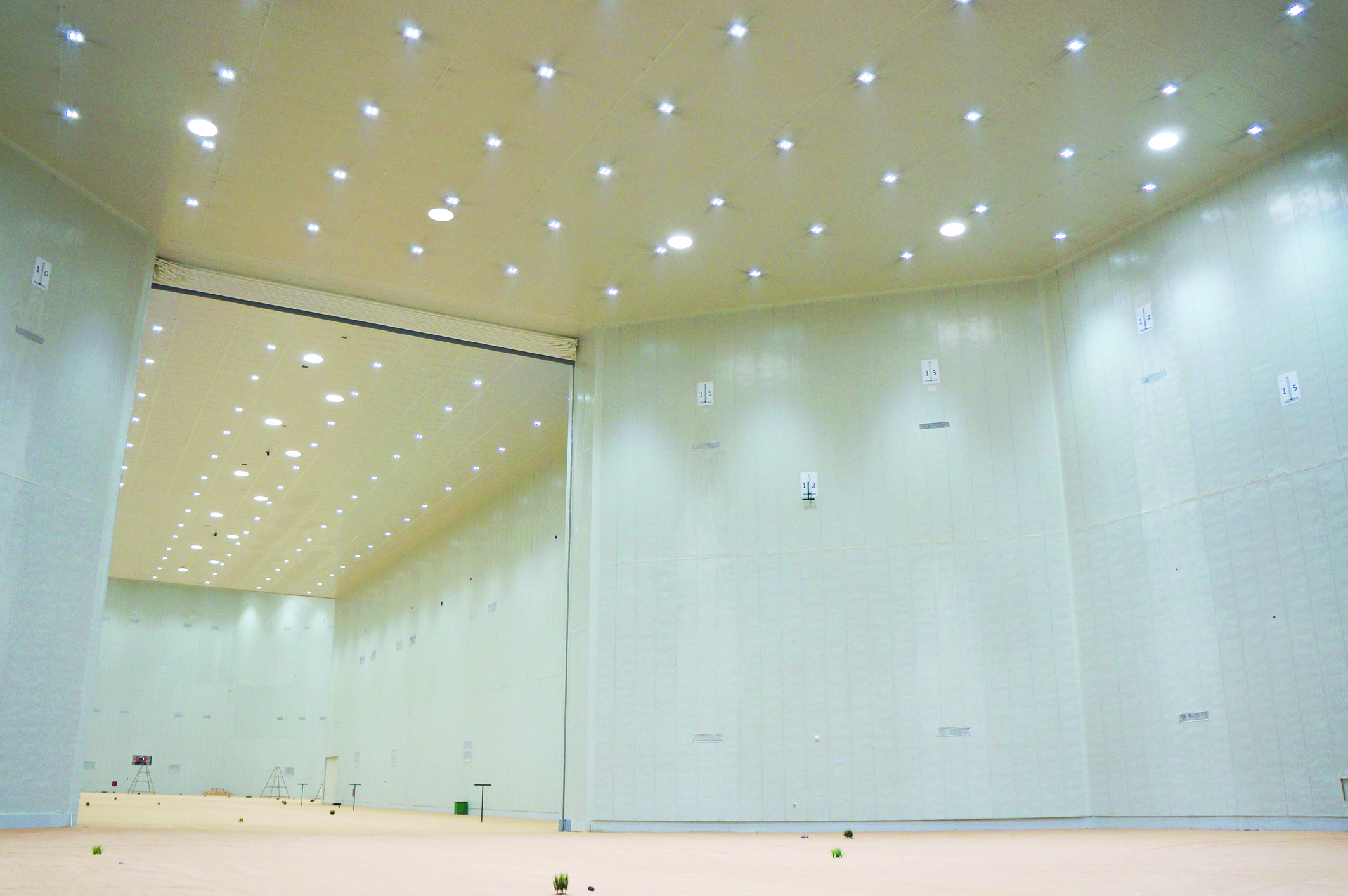
Figure 3: Falconry Centre in Dubai (Source: Monodraught)
Productivity in offices served by natural daylighting systems has also been shown to increase, with a 20% rise in output from employees – along with reduced absenteeism because of sickness.11 It is thought that natural daylighting systems may reduce the incidence of sick building syndrome (SBS).
Natural daylighting systems are often added as part of a refurbishment scheme to improve lighting quality and reduce energy costs. They have a lifetime that is likely to exceed 25 years, provide UV-free healthy natural daylight and – particularly if they are sealed (with lenses/lighting diffusers) – require little maintenance or control. They will, however, only supply light in daylight hours.
Circadian lighting
Circadian lighting is a strategy that considers the circadian rhythm (see boxout). Circadian lighting systems are designed to be able to control the colour and intensity of the light at particular times, with feedback from the illuminated space. For example, blue wavelengths are beneficial during daylight hours because they boost attention, reaction times and mood, but appear to be disruptive at night13. So as part of a control regime, the ‘blue light’ could be controlled throughout the day to transition from a stimulating ‘biological light’(with maximum blue content) to a restful ‘biological darkness’ (with little or no blue content).
Circadian rhythm
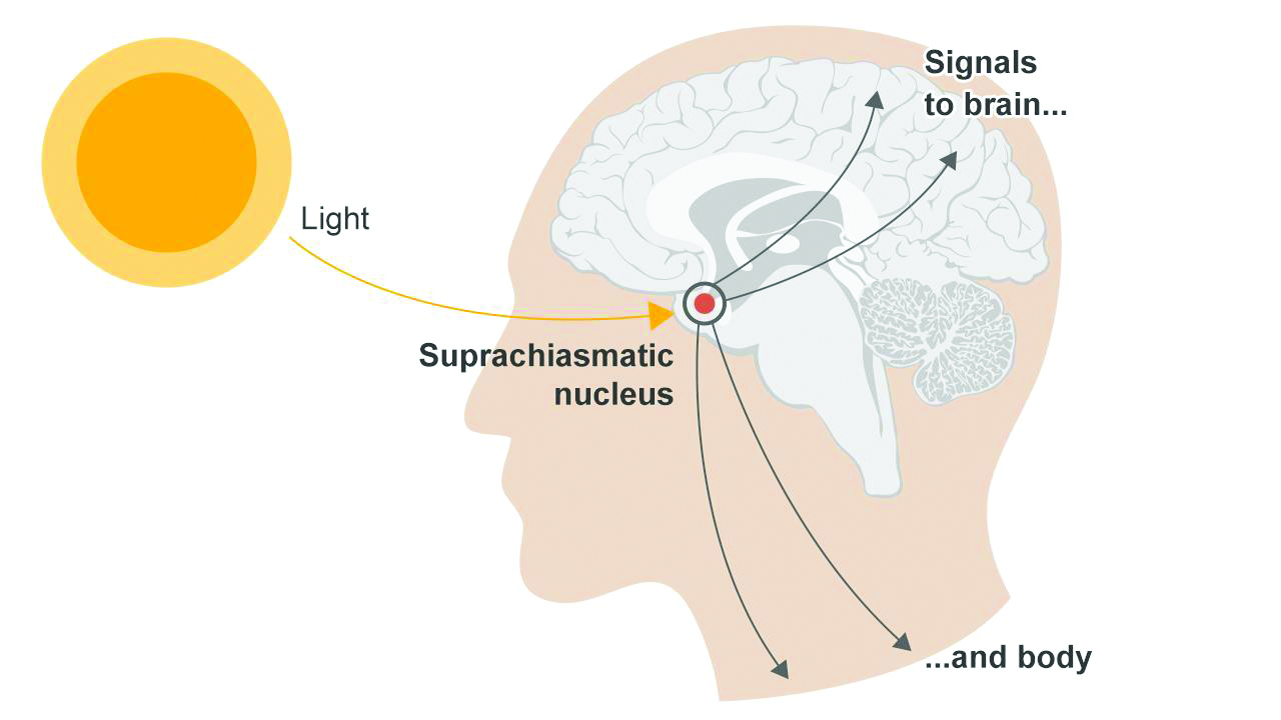
(Source: PhotonStar – www.photonstarlighting.co.uk)
The discovery of a novel retinal photoreceptor in the human eye and the photo pigment melanopsin has renewed the attention paid to circadian research, and has drawn substantial interest from the lighting community. The phase of the circadian rhythm can be advanced or delayed by exposure to bright light at specific times. Failure to entrain the circadian pacemaker results in sleep disorders, fatigue, performance problems, hormone and metabolic disorders.
But the circadian system is only the most well-explored of the non-visual effects of light on human physiology and, hence, on human performance. There are known to be other effects of light exposure, such as increased vitality during the day, but the mechanisms through which these effects occur are unknown.12
Hybrid lighting systems
Hybrid lighting systems combine natural daylighting systems with energy efficient and ‘intelligent’ LED lighting solutions. It is thought that hybrid lighting systems designed for circadian lighting in industrial and commercial working environments can reduce daytime artificial light by 50%. By combining natural light and artificial sources currently available – potentially applying centralised, high-efficiency light sources – energy costs for lighting could be reduced significantly. Well-designed hybrid lighting may be optimised for humans, providing effective floor, wall and ceiling illumination to reduce the ‘cave effect’ (where lighting systems focus light, resulting in some dark surfaces). They can readily meet both LG7 and UGR19 recommended guidelines for offices – the unified glare rating (UGR) expresses the chance of direct glare by a luminaire; the higher the figure, the greater the chance of glare, with UGR19 the appropriate level for an office.
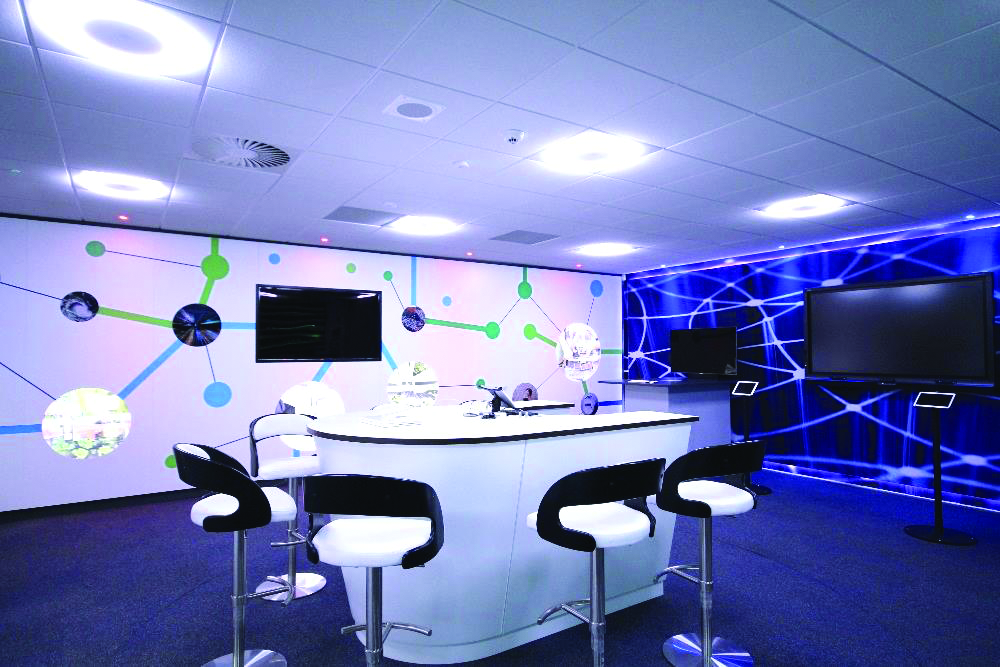
Figure 4: IBM Innovation Centre Laboratory that employs circadian lighting solutions together with a wireless control system (Source: PhotonStar – www.photonstarlighting.co.uk)
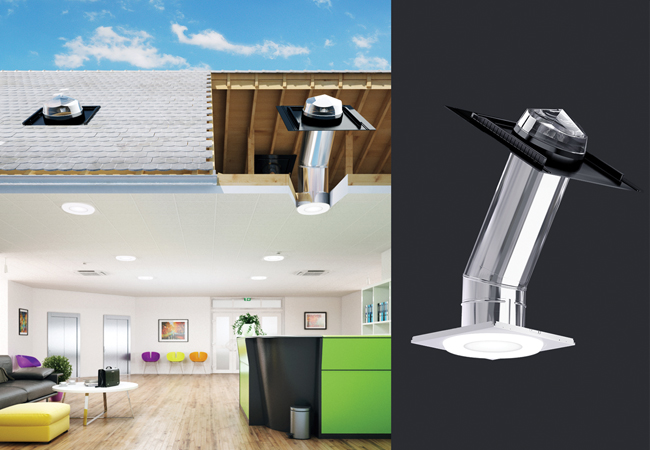
Figure 5: A hybrid lighting system
So, for the example shown in Figure 4, during daylight hours a lightpipe collects sunlight through a clear dome, directing it through a mirror-finished aluminium tube and distributing it evenly through a ceiling diffuser. This is coupled with a wirelessly controlled, colour-adaptive LED lighting system, using an ‘intelligent’ monitoring system. The complete lighting solution can be applied to practically any location to meet required lighting performance, with the adaptive LED lamps ensuring that lighting levels, colour and quality are maintained. The system may adjust the lighting to suit circadian needs – or, indeed, any particular demands for activities (or flora and fauna) within the space. This type of hybrid system can substantially increase the real product life of the active light systems and reduce energy consumption. Compared with a totally active lighting system, there will, of course, be additional builders’ work and installation costs. A life-cycle cost analysis should be undertaken taking proper account of potential productivity gains from increased daylight, as well as the likely maintenance costs, which are likely to be lower with hybrid systems.
Hybrid lighting systems have been developed to take account of real-world applications and take ‘smart lighting’ to the next level by adding circadian controls to the more traditional on-off and dimmable controls. However, when considering such applications, the designer has to ensure that they are able to satisfy the demands of circadian rhythms properly – by being able to predict the integration of active lighting and daylight – while properly assessing the life-cycle costs.
© Tim Dwyer and Melissa Vanegas, 2015.
References:
1. www.healthline.com/health/depression/benefits-sunlight, accessed 13 November 2015.
2. www.telegraph.co.uk/lifestyle/10747841/Children-spend-less-than-30-minutes-playing-outside-a-week.html, accessed 13 November 2015.
3. https://natureplaysa.org.au/have-we-become-a-nation-of-the-great-indoors/, accessed 13 November 2015.
4. www.nwf.org/What-We-Do/Kids-and-Nature/Why-Get-Kids-Outside/Health-Benefits.aspx, accessed 13 November 2015.
5. www.healthline.com/health/depression/benefits-sunlight, accessed 13 November 2015.
6. Lighting Guide 10: Daylighting — a guide for designers, CIBSE SLL, 2014.
7. Armaroli, N. et al, ‘Towards an electricity-powered world’, Energy and Environmental Science 4, 2011.
8. Communication based on research by Monodraught.
9. www.facilitiesnet.com/lighting/article/Daylighting-Benefits-Facilities-Management-Lighting-Feature–10446, accessed 13 November 2015.
10. www.monodraught.com/documents/downloads/download_48.pdf, accessed 13 November 2015.
11. Elzeyadi, I. et al, Daylighting-Bias and Biophilia: Quantifying the Impact of Daylighting on Occupants’ Health, School of Architecture and Allied Arts – University of Oregon, 2013.
12. SLL Code For Lighting, SLL CIBSE 2014.
13. www.health.harvard.edu/staying-healthy/blue-light-has-a-dark-side, accessed 13 November 2015.

